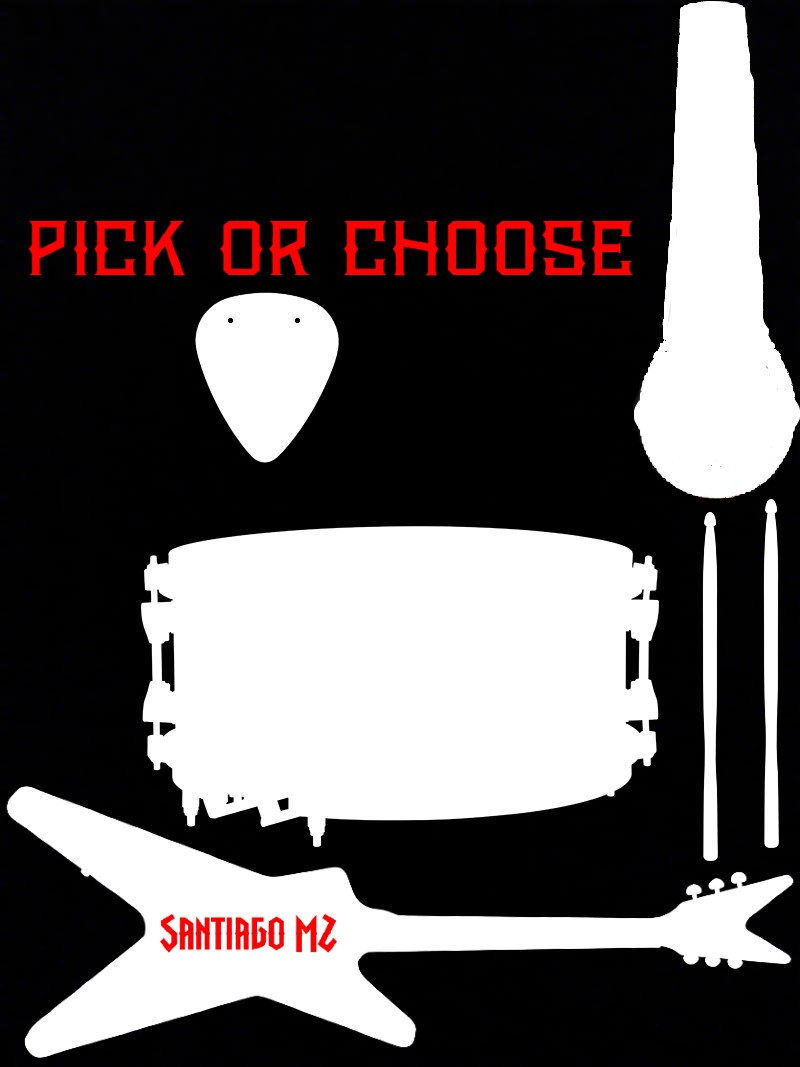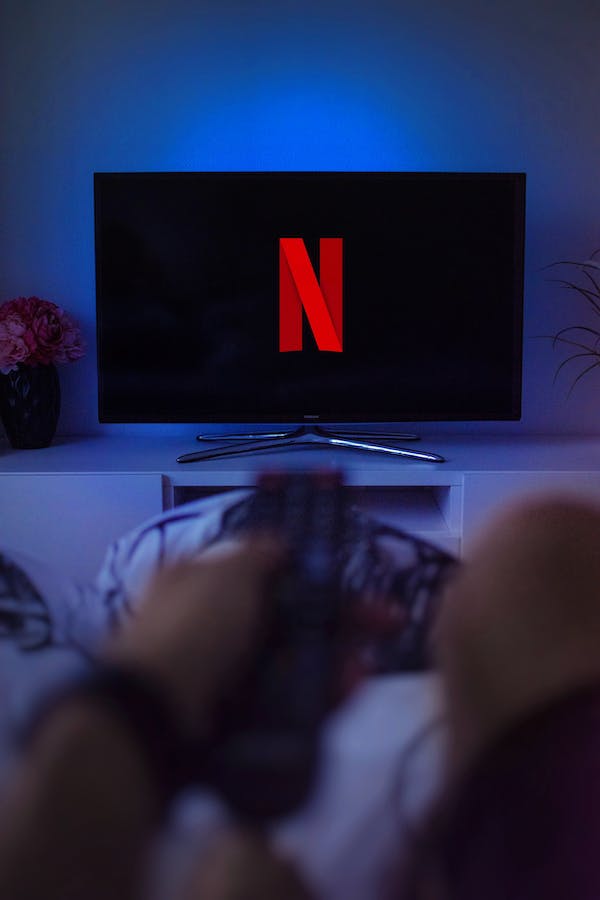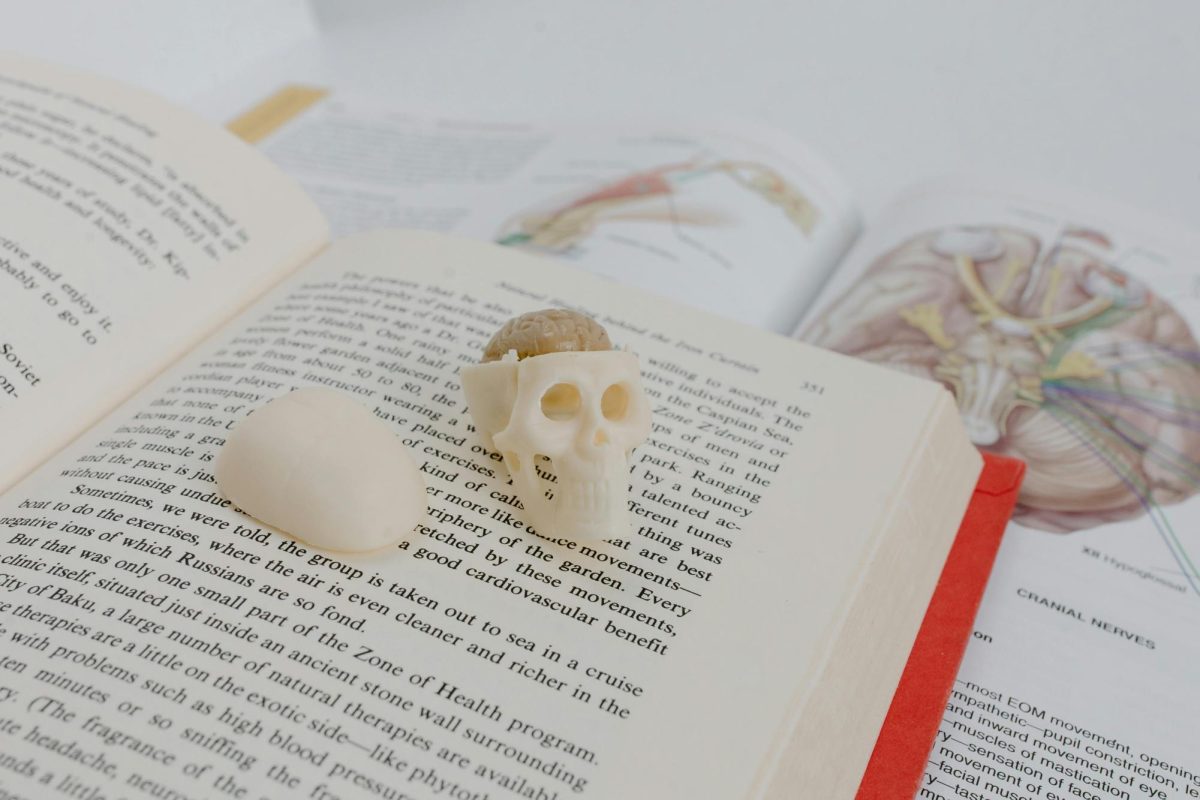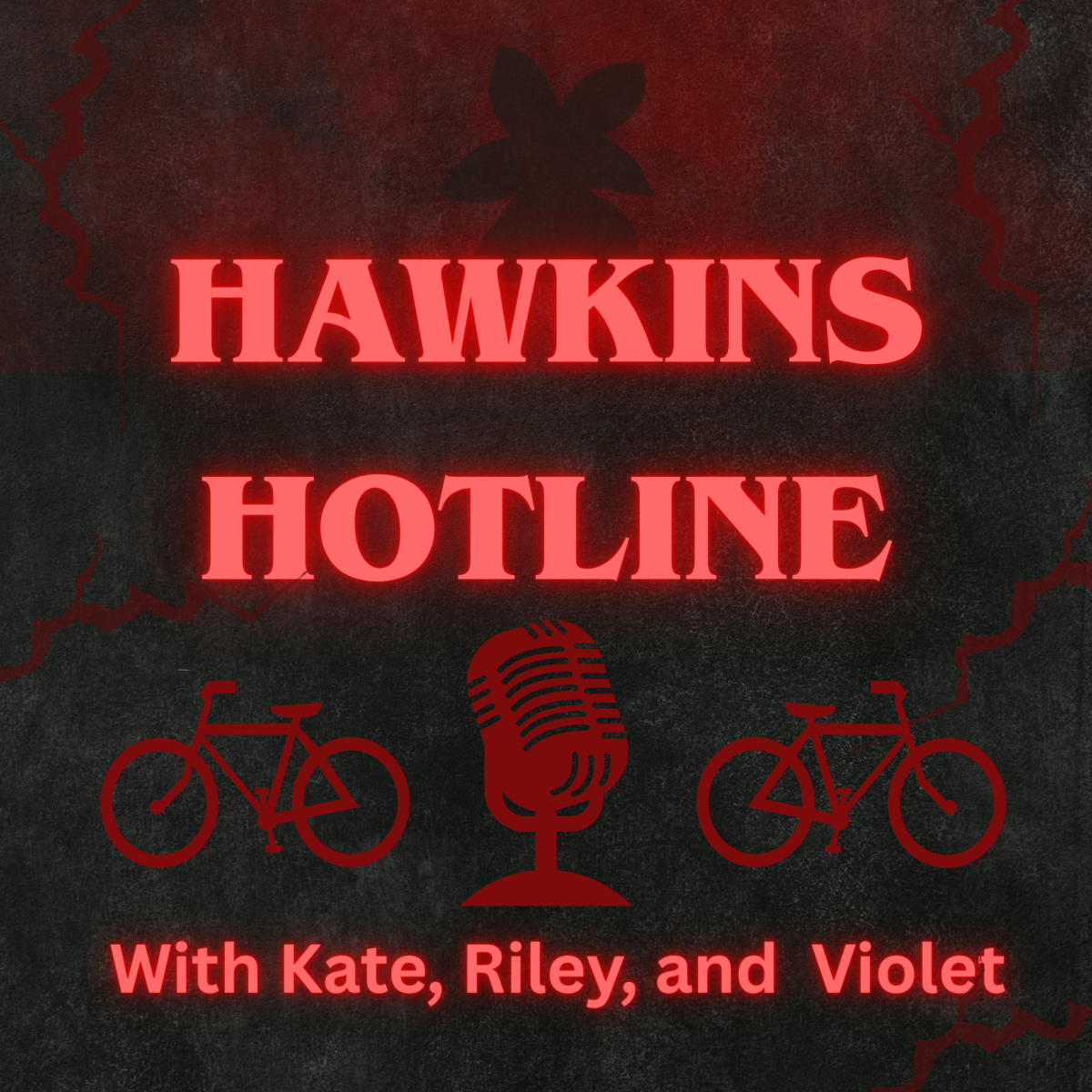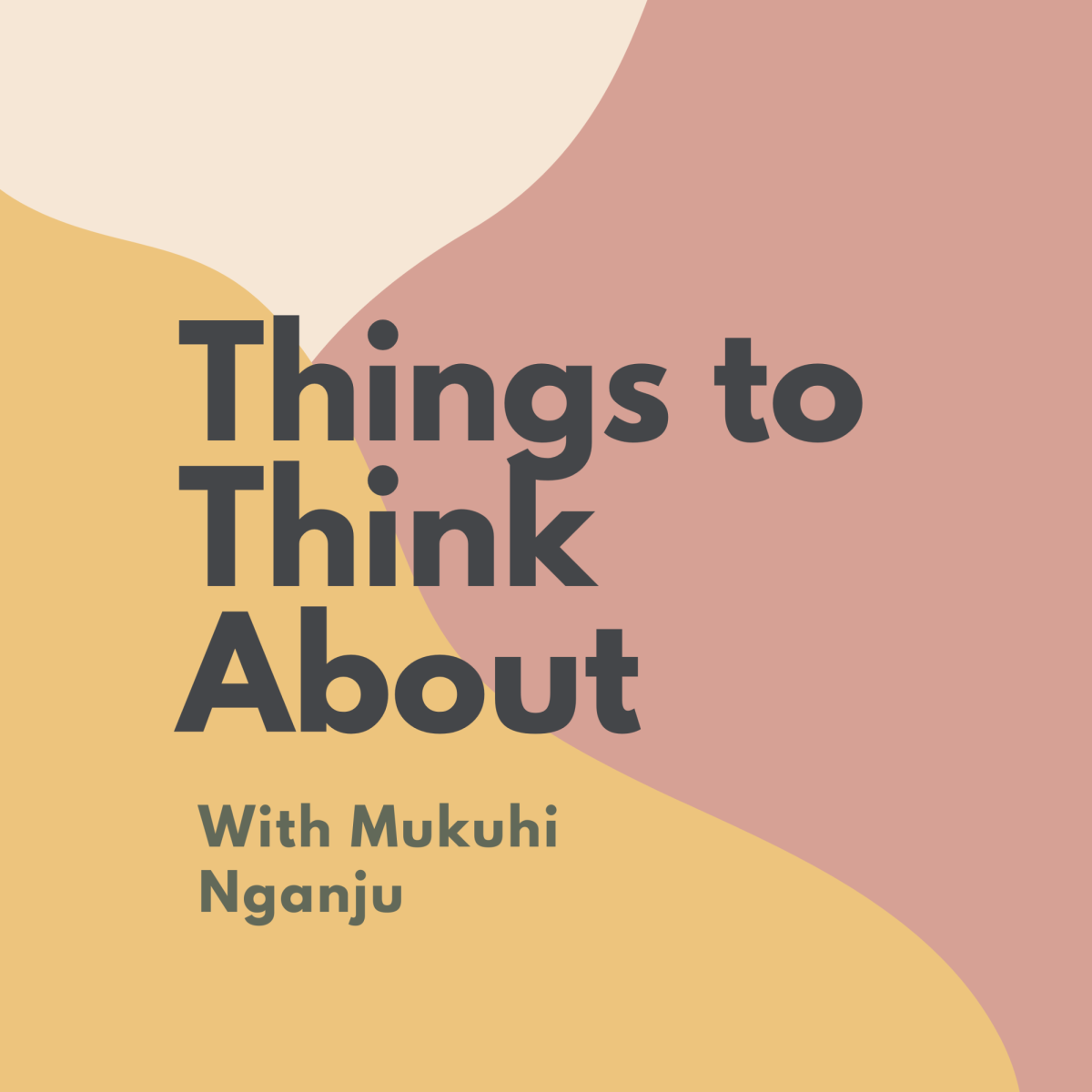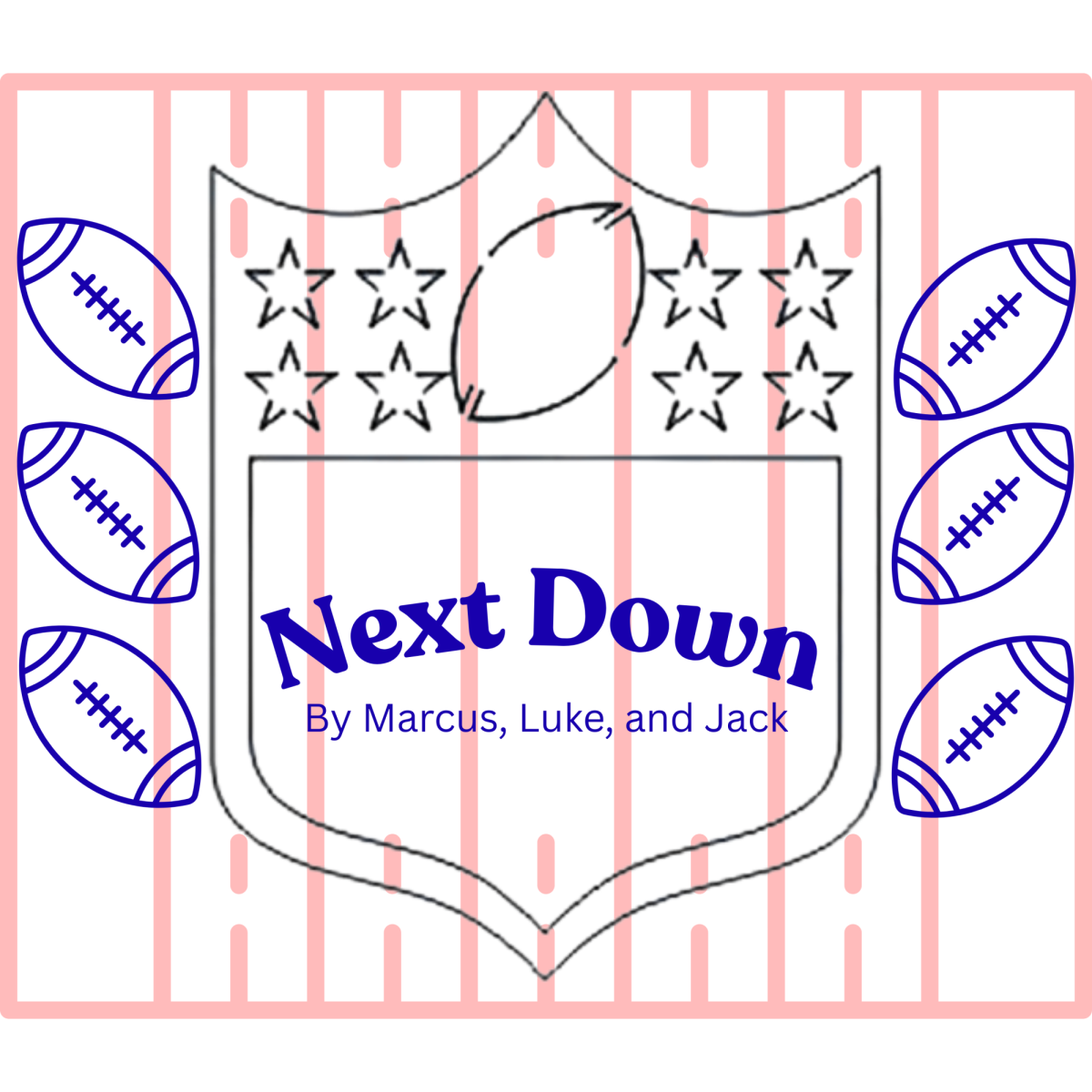In 1942 the New York Times introduced the crossword into their newspaper. A daily tradition that has evolved and grown in reputation over the company’s long lifespan. Flash forward to August of 2014 when NYT releases a hub for all types of intellectual puzzles and games, the start of one of their most successful ventures surrounded by a smart and devoted community of puzzle-solvers. After acquiring the Wordle, the New York Times has drawn people of all age groups to complete daily puzzles on their website. The Mini, Connections, Spelling Bee, and Sudoku are flashing across screens in many classrooms. Personally, I hear fellow students talking about how difficult the puzzles of the day are as they try to complete them in class together. So is this new trend just as harmful as other distracting games in the classroom, or are these puzzles a positive adaptation of short-term entertainment?
The topic of cell phones in classrooms could be a whole article on its own, but what are kids really doing on their phones, we know it’s not “texting my mom.” For years social media such as Snapchat, Instagram, and TikTok have been the main perpetrators, but a new distraction is on the rise. The daily collection of puzzle games accessible on the NYT Games app are rising in popularity. While they can be completed quickly, students feel more inclined to complete them in class when they are with friends, comparing results and helping each other.
While distraction is a recurring concern in classrooms, the NYT Games are far less threatening than the aforementioned alternatives. Social media has adopted a formula of short-term entertainment. The quick seconds-long video format pioneered by TikTok has been included on nearly every large social media platform. I can speak firsthand on how easy it is to get lost in watching Instagram reels for hours on end. The NYT Games cleverly adapt to this formula; the puzzles are just short enough to appeal to our shortened attention spans. This could be interpreted as a step in the wrong direction. For a long time, the New York Times has been revered as a reliable source for challenging intellectual puzzles such as their crosswords. By essentially “dumbing down” their content to reach a younger and wider audience, the prestige is lost and conformity to harmful short-term content wins over patience-rewarding puzzles.
The argument for the benefits of these playful puzzles is far stronger. While the distraction of cellphones in classrooms is certainly a problem, the NYT Games are a step in the right direction rather than more kindling for the fire. The once-a-day format of the puzzles means students can realistically only spend 10-15 minutes on the app at a time. While this still isn’t ideal, it’s far superior to the infinite feed of videos across social media which are on demand at any moment. As the puzzles are the same for everybody, they reinforce a sense of comradery between people; you can give your friend a hint if they are stuck on the Wordle or plug in a few words to help them reach the next level of the Spelling Bee. I have witnessed firsthand students who have talked infrequently in the past bond over a NYT Game. Not to mention how these games are not only a good alternative to mindless social media, but they can also provide real benefits. The Mini, Wordle, and Spelling Bee all help grow vocabulary, cognitive functioning, and problem-solving skills, whereas the Connections help us think abstractly and learn new information. Crosswords alone have been proven to have a huge positive impact on memory and fluency: the way our brain processes and accesses words and information. As for the threat of short-term content threatening the image and reputation of the brand, I would argue that this is a step in the right direction. The quick puzzles might be the only way to reach a younger audience and regardless of their size, they are still far more engaging than any alternative. Games like the Mini Crossword can act as a gateway for younger puzzlers to start solving larger and more difficult ones.
All-in-all the New York Times Games are certainly more helpful than harmful. The puzzles give people a change to engage their minds every day while cooperating with peers. The games are harmless and certainly a step in the right direction as far as short-term entertainment goes.


